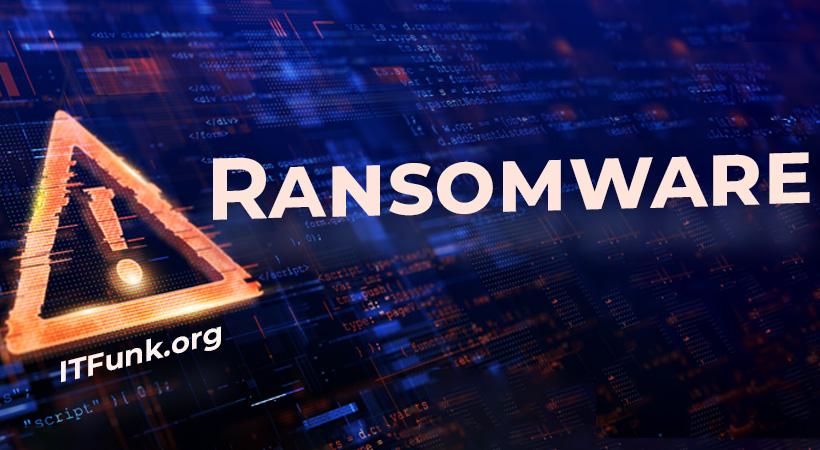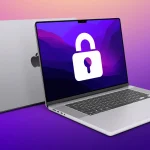Ransomware is a type of malicious software designed to block access to a computer system or its files, typically by encrypting data and demanding a ransom for the decryption key. This form of malware has surged in popularity among cybercriminals due to its potential for financial gain. Victims are often faced with a dire choice: pay the ransom to regain access to their data or lose it permanently. One specific variant of ransomware that has emerged is DeFi Ransomware, which poses a significant threat to individuals and organizations alike.
The Threat of DeFi Ransomware
DeFi Ransomware is a malicious program that encrypts files on the infected system, making them inaccessible to the user. It typically infiltrates systems through malicious email attachments, deceptive links, or software vulnerabilities. Once installed, DeFi Ransomware begins to encrypt files with specific extensions, rendering them unusable. For instance, files may be renamed with a unique extension such as .defi after encryption.
Installation and Functionality
Upon successful infiltration, DeFi Ransomware executes a series of actions designed to maximize its impact. Initially, it scans the system for files to encrypt, targeting documents, images, databases, and other critical data. After encryption, the ransomware displays a ransom note to inform the user of the attack and demand payment in exchange for the decryption key.
The consequences of having DeFi Ransomware on a system are severe. Victims may lose access to crucial data, face downtime in business operations, and incur financial losses related to ransom payments or data recovery efforts.
Ransom Note Overview
The ransom note left by DeFi Ransomware typically provides instructions on how to pay the ransom and recover the encrypted files. It often includes threats to permanently delete the decryption key if the ransom is not paid within a specified timeframe. This note creates a sense of urgency, pressuring victims into complying with the demands. Additionally, it may contain instructions on how to contact the attackers, typically via anonymous channels to maintain their anonymity.
Text presented in this message:
::: Greetings :::
Little FAQ:
.1.
Q: Whats Happen?
A: Your files have been encrypted. The file structure was not damaged, we did everything possible so that this could not happen.
.2.
Q: How to recover files?
A: If you wish to decrypt your files you will need to pay us.
.3.
Q: What about guarantees?
A: Its just a business. We absolutely do not care about you and your deals, except getting benefits. If we do not do our work and liabilities – nobody will cooperate with us. Its not in our interests.
To check the ability of returning files, you can send to us any 2 files with SIMPLE extensions(jpg,xls,doc, etc… not databases!) and low sizes(max 1 mb), we will decrypt them and send back to you. That is our guarantee.
.4.
Q: How to contact with you?
A: You can write us to our mailboxes: wewillrestoreyou@cyberfear.com or wewillrestoreyou@onionmail.org
.5.
Q: How will the decryption process proceed after payment?
A: After payment we will send to you our scanner-decoder program and detailed instructions for use. With this program you will be able to decrypt all your encrypted files.
.6.
Q: If I don t want to pay bad people like you?
A: If you will not cooperate with our service – for us, its does not matter. But you will lose your time and data, cause only we have the private key. In practice – time is much more valuable than money.
:::BEWARE:::
DON’T try to change encrypted files by yourself!
If you will try to use any third party software for restoring your data or antivirus solutions – please make a backup for all encrypted files!
Any changes in encrypted files may entail damage of the private key and, as result, the loss all data.
General Purpose and Threat Profile
Ransomware like DeFi is designed primarily for financial gain. Cybercriminals leverage the emotional and financial stress caused by data loss to extract money from victims. The general purpose of ransomware is to extort payment by holding files hostage, effectively turning personal or organizational data into a commodity.
Common Infiltration Methods
DeFi Ransomware typically infiltrates systems through phishing emails, malicious attachments, software vulnerabilities, or drive-by downloads from compromised websites. Users should remain vigilant and skeptical of unexpected emails or downloads to reduce the risk of infection.
Threat to Individuals and Systems
The threat posed by DeFi Ransomware extends beyond data loss. It can lead to significant operational disruptions, financial losses, and reputational damage for individuals and organizations. Victims may also suffer from emotional distress, particularly if critical or sensitive data is compromised.
Symptoms of Infection
Users may experience several symptoms indicating the presence of DeFi Ransomware on their computer, including:
- File Inaccessibility: Inability to open files or documents.
- Unusual File Extensions: Presence of unfamiliar file extensions like
.defi. - Ransom Note: Discovery of a ransom note demanding payment.
- System Slowdown: Unexplained slow performance of the computer.
- Increased Pop-ups: Frequent pop-ups or alerts related to encryption.
Detection Names
To determine if DeFi Ransomware is installed on a computer, users can look for the following detection names:
- Ransom.DeFi
- DeFiLocker
- Win32/DeFi
- Ransom:Win32/DeFi
Similar Threats
Users may also encounter other ransomware threats, including:
- LockBit Ransomware
- Conti Ransomware
- REvil Ransomware
- Maze Ransomware
Comprehensive Removal Guide
If you suspect that your computer is infected with DeFi Ransomware, follow these detailed steps to remove the threat:
Step 1: Disconnect from the Internet
Immediately disconnect your device from the internet to prevent further data encryption and communication with the attackers.
Step 2: Enter Safe Mode
- Restart your computer.
- While it restarts, press
Shift + F8repeatedly until you see the recovery menu. - Select Troubleshoot > Advanced options > Startup Settings > Restart.
- After the restart, press
4orF4to enter Safe Mode.
Step 3: Use Anti-Malware Software
- Download SpyHunter.
- Install SpyHunter: Open the downloaded file and follow the installation instructions.
- Run a Full System Scan:
- Launch SpyHunter and initiate a full system scan.
- Allow the scan to complete, which may take some time depending on the number of files on your system.
- Remove Detected Threats:
- Once the scan is complete, review the list of detected threats, including DeFi Ransomware.
- Follow the prompts to remove any detected threats.
Step 4: Restore Files (If Necessary)
If you have backups available, restore your files after ensuring the ransomware is completely removed from your system. Make sure to verify that the backup is clean before restoring.
Preventing Future Infections
To reduce the risk of ransomware infections in the future, consider the following preventive measures:
- Regular Backups: Maintain regular backups of important files on an external drive or cloud service.
- Antivirus Protection: Use reliable antivirus software and keep it updated.
- Email Caution: Be cautious of emails from unknown sources, and avoid clicking on suspicious links or attachments.
- Software Updates: Regularly update your operating system and applications to patch vulnerabilities.
Conclusion
DeFi Ransomware is a significant threat that can lead to severe consequences for individuals and organizations. By understanding how it operates, recognizing the symptoms of infection, and following proper removal procedures, users can protect themselves from this and similar threats. For additional protection and to ensure your system is free from malware, consider downloading SpyHunter to scan your computer for free.





